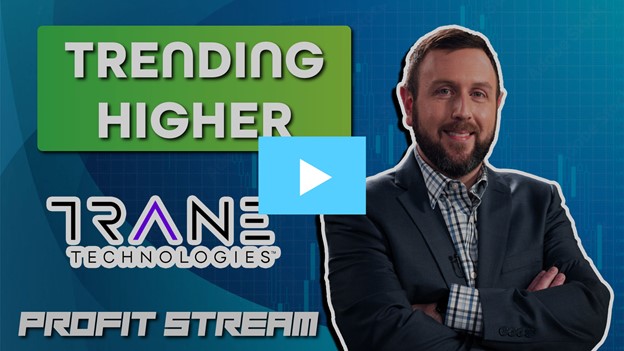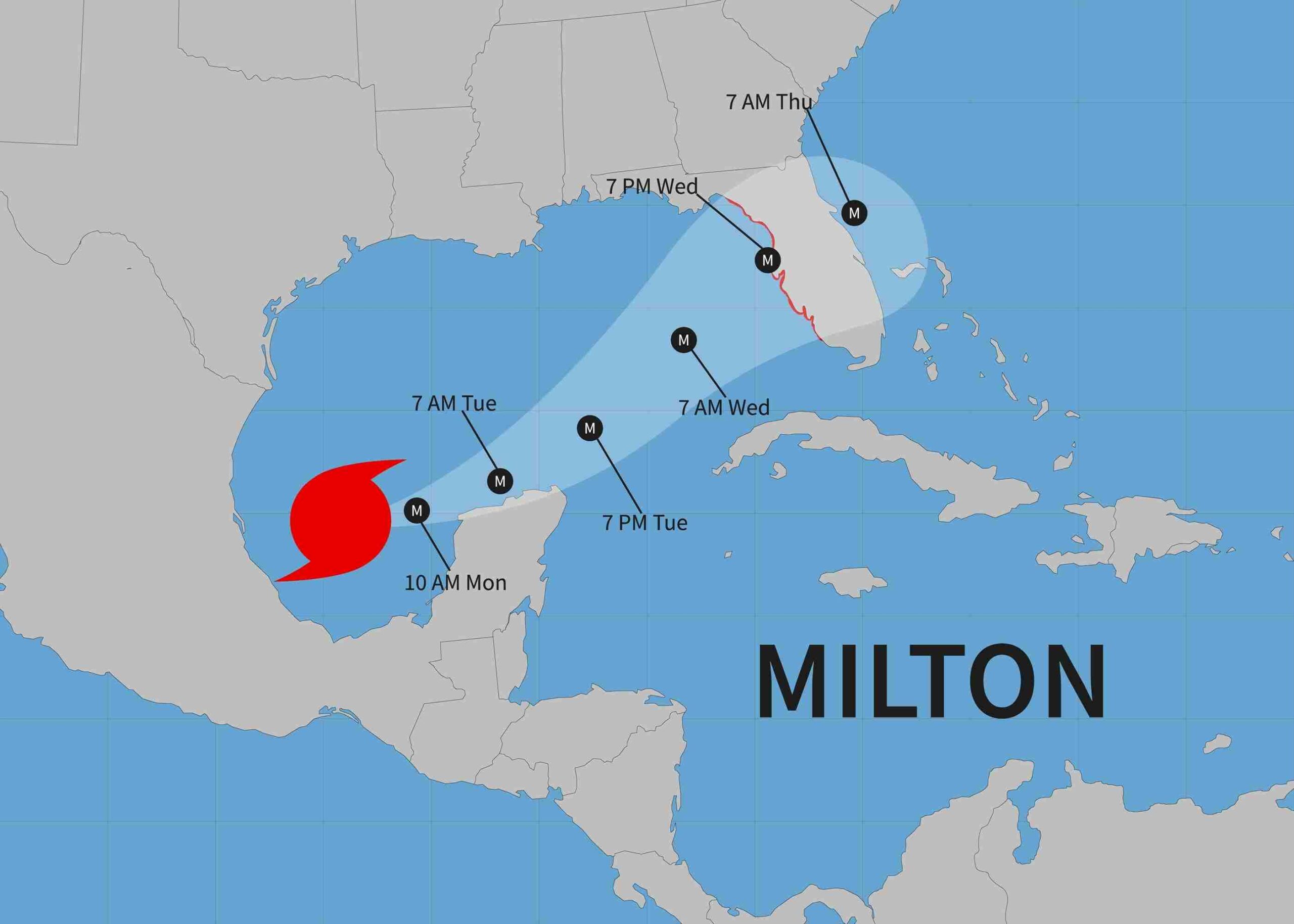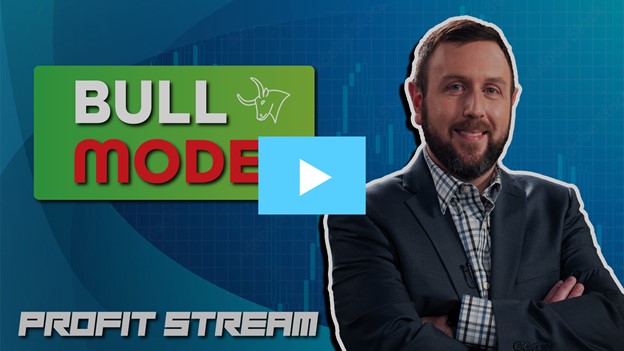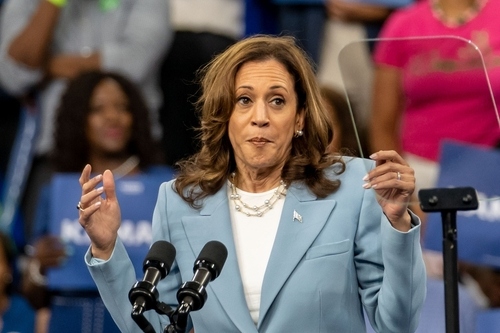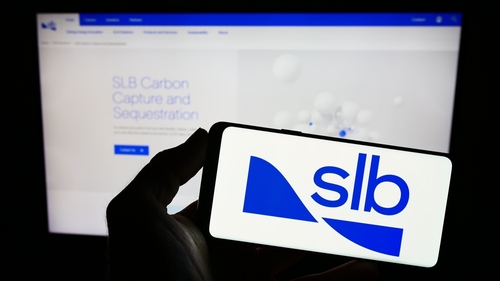Will This Market “Burry” You?
Will this market “Burry” you?
Based on his latest investment of $1.6 billion, that’s what Michael Burry of Scion Asset Management is betting on.
Scion just filed its Form 13F, which details its holdings as of the end of the second quarter (June 30). It revealed big bets against the SPDR S&P 500 (SPY) and Invesco QQQ (QQQ) exchange-traded funds, or ETFs, using put options worth a notional $1.6 billion.
Burry is using options to increase his leverage, decrease his cost and “short” the market.
But before you follow his bet, you may want to brush up on the key differences between this strategy and “short selling,” another well-known type of bearish trade.
Short selling, also known simply as “shorting,” is a trading strategy in which an investor borrows shares of a stock from their brokerage and sells them on the open market with the intention of buying them back at a lower price in the future.
The goal of short selling is to profit from a decline in the stock’s price.
It’s like being a weather forecaster who predicts storms are coming. You analyze the market climate and forecast that certain stocks will face a downpour. If your forecast is accurate and the stocks indeed experience a “financial storm,” then you can close your position and collect your earnings.
Here are the five steps of the short selling process:
1. Borrowing shares: The investor borrows shares of a stock from their brokerage. The brokerage lends these shares from its own inventory or from other clients who have holdings of the stock.
2. Selling on the market: The investor immediately sells the borrowed shares on the open market. They receive the proceeds from the sale, which are credited to their account.
3. Waiting for a price drop: The investor waits for the stock’s price to decline in hopes of buying back the shares at a lower price.
4. Buying back shares: Once the stock price has fallen to the desired level, the investor buys back the shares. This is called “covering” the short position.
5. Returning the borrowed shares: The investor returns the borrowed shares to the brokerage. The difference between the selling price and the buying price, minus any borrowing fees or transaction costs, equals the investor’s profit.
It’s important to understand that short selling carries greater risk than traditional investing. If the stock price rises instead of falling, the investor’s losses can be significant since they’ll need to buy the shares back at a higher price.
In theory, there’s no limit to how much a stock’s price can rise, which is why short selling is often said to involve “unlimited risk.”
But there’s actually a smarter way to profit off a stock’s downside move without taking on the “unlimited risk.”
Instead, you can essentially “short” a particular stock – or even the entire market – by buying put options, which is exactly what Burry has done.
Buying puts gives you the right – but not the obligation – to sell the underlying asset. When you use this strategy, your losses are limited to the price you already paid for the options. The worst-case scenario is the stock goes up and your puts simply expire worthless.
![]()
YOUR ACTION PLAN
To see how I execute this strategy in real time, I invite you to check out The War Room. When you know how to short sell properly, it allows you to plan and manage risk AND put yourself in position for potential profits. Bryan and I have a 74% win rate so far in 2023, and right now we’re guaranteeing you’ll receive 252 winning trades in your first 12 months of membership.
Click here to start unlocking our trades today.
More from Trade of the Day
How Politics Can Impact Your Portfolio
Oct 24, 2024
3 Reasons Why I’m Going All-in on Gold
Oct 23, 2024
Why Sideways Action is Good for This Buying Signal
Oct 22, 2024
“How I’m Trading the Most Bullish Month of the Year”
Oct 22, 2024







